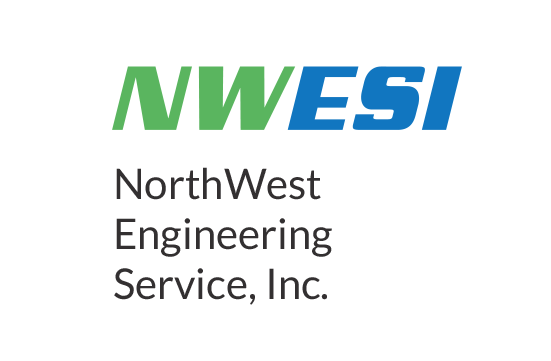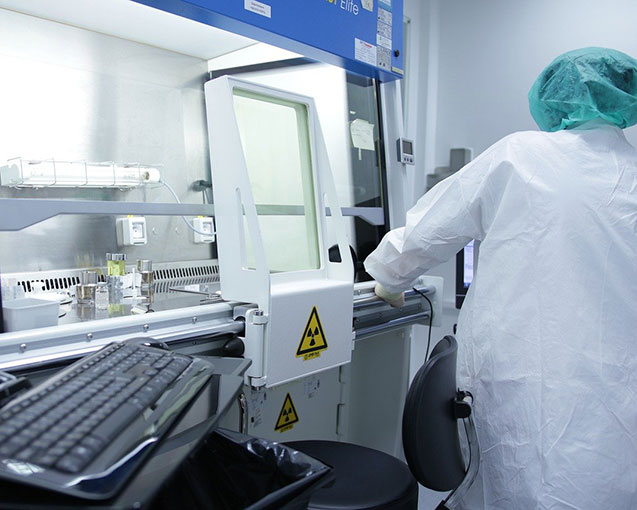Cleanrooms are an oft-missed hot topic. They frequently go unnoticed next to the flashier built environments of living buildings, energy focuses, or a jazzy HVAC system. But who isn’t interested in learning about particle testing, temperature and humidity control, and all the ways they’re employed in healthcare, commercial, manufacturing industries and more? Often, the most pressing concern is how they should be evaluated, so we’ve compiled a few cleanroom performance tips and resources to demystify their operation.
About
Today, cleanrooms are instrumental in the development and manufacture of products, or understanding the performance of devices and other materials in controlled environments. These cleanrooms are purpose-built.
Cleanroom performance parameters are highly dependent on the project needs. Because these rooms are specific to the client’s goal, there is no one, single design standard that can provide assurance of cleanroom performance specific to your project goals, however, they are often evaluated using ISO Standard 14644 and Federal Standard 209E*.
Typically, cleanroom performance testing (CPT) is completed once construction of the space is finished, and during periodic evaluations in existing facilities. Cleanroom performance testing is the only way to know if your cleanroom is operating as intended.
For more info about basic performance testing to ISO Standards, see Cleanroom Performance Testing.
Here are a few tips to assist in your cleanroom journey.
If you don’t know exactly what you’re looking for: The Cleanroom Technology site maintains a variety of articles about the latest changes to standards, design, and more. These may help guide you to what tests are recommended for your facility type.
Cleanroom Performance Tip 1: Most facilities that maintain cleanrooms have had them built to their project specifications. If you have questions about the capabilities of your cleanroom, have it tested and if needed, consult with a design engineer experienced in cleanroom design.
Maintaining Compliance: Cleanrooms may be required to be tested/certified annually to ensure they are consistently performing to the needs of the project. Failing to maintain cleanroom certification may mean that your client will reject the products manufactured within your cleanroom.
Cleanroom Performance Tip 2: Annual third-party cleanroom certification can provide you with a competitive edge and help minimize loss due to rejected product.
CPT Benefits
Regular testing will help ensure that the cleanroom is performing to your clients’ and project requirements. This is especially important when the facility is undergoing HVAC adjustments, remodeling, or other alterations.
Have questions about your cleanroom specifications or finding a path to your project goals? Please contact us!
NWESI technicians have provided us with insights specific to our controlled environments and applicable equipment on multiple occasions. These insights have allowed us to maximize the effectiveness of our controlled environments, further ensuring that requirements continue to be met or exceeded within our facility.
Doug Rowley, Procedure Products, Inc.



